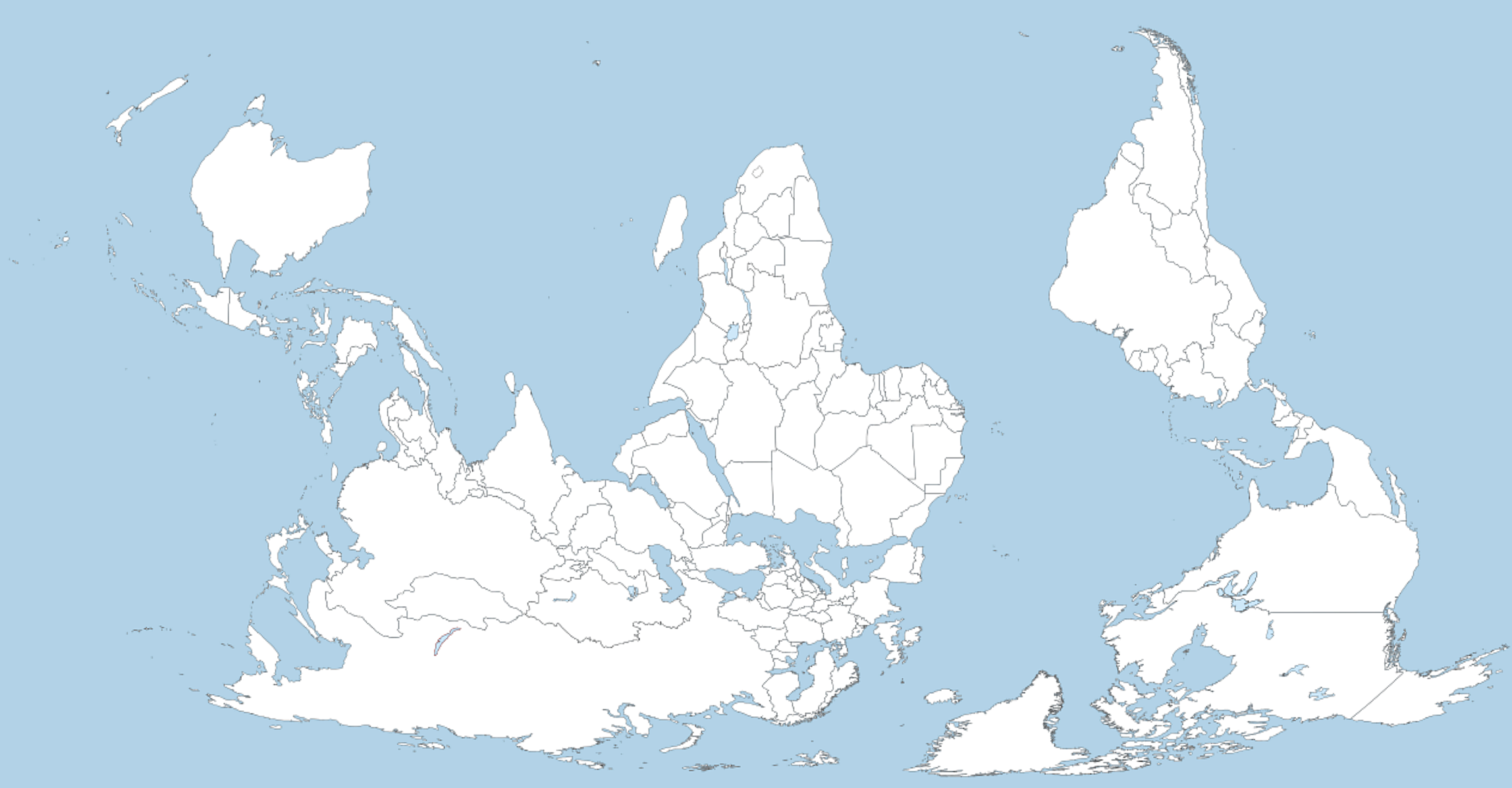CATALYTIC THINKING: Our Values & Philosophy

At Creating the Future, all our work is rooted in our values, as reflected in Catalytic Thinking, a question-based framework for creating a future that is different from our past. All our programs, all our meetings and discussions – even this website itself – are examples of Catalytic Thinking in action.
You’ll find a brief description of Catalytic Thinking below. In addition, this brief overview hits the highlights.
In addition to the values embedded in Catalytic Thinking, you can find the Statement of our Values in Action at this link:
Catalytic Thinking: Overview
Catalytic Thinking practices are rooted in three interrelated observations about the cause-and-effect of positive change:
- Our power to create powerful results lies in our power to create favorable cause-and-effect conditions towards our dreams.
- The most favorable conditions begin and end with bringing out the best in people vs. focusing on stuff (money, food, education).
- Together we have everything we need; it is only on our own that we experience scarcity. (The reality of Collective Enoughness)
Catalytic Thinking focuses on “thinking” because the results we see of any effort begin with the thoughts and assumptions that create our actions. That is true whether we’re seeking results in an effort to communicate with a loved one or an effort to alleviate poverty in a community.
Changing assumptions is not difficult, once we realize that assumptions are simply the answers to questions we didn’t even realize we were being asked. What will happen if we do X? Who can we trust? How will we survive? Are there enough resources?

That is why we call it “Catalytic” thinking. By changing the questions we ask in our day-to-day lives, small actions create big results, and fast.
Rooted in brain science and focused on cause-and-effect conditions that will tumble like dominoes towards high potential outcomes, Catalytic Thinking’s questions are embedded with different assumptions than the questions we are all used to hearing and asking.
For a succinct overview of the framework, including the actual questions, this fact-sheet is a great start.
And this article at Stanford Social Innovation Review provides great insights.
Instead of asking…
|
What is the problem and how will we solve it? |
|
Can we trust them? What if they steal our idea / our stuff? |
|
How will we pay for that? Where will the money come from? |
Catalytic Thinking asks…
|
What is the future we want to create, and what will it take to create that reality? |
|
Who else cares about this? What can we accomplish together that none of us can accomplish on our own? |
|
What resources do we have together that none of us has all of on our own? |
The results of these practices are consistently positive, because they are rooted in questions that bring out the very best in the people around you and the situations you encounter. And there is nothing more catalytic than bringing out the best in every aspect of your life and your work.
For a more detailed look at the practices of Catalytic Thinking, including the questions themselves, CLICK HERE.
A brief overview of Catalytic Thinking practices
The Science of Social Change
NOTE
One of the most poignant examples of how our assumptions color our world view is the map at the top of this page. To many, this map appears to be upside down. In reality, though, the earth is spinning through space with no “up” or “down.” That perception is simply the view of reality we have assumed as truth. If we ask a different question, there is no “down under” or “top of the world.” There is simply all of us together, tenuously living on the beautiful bauble that is this earth.

